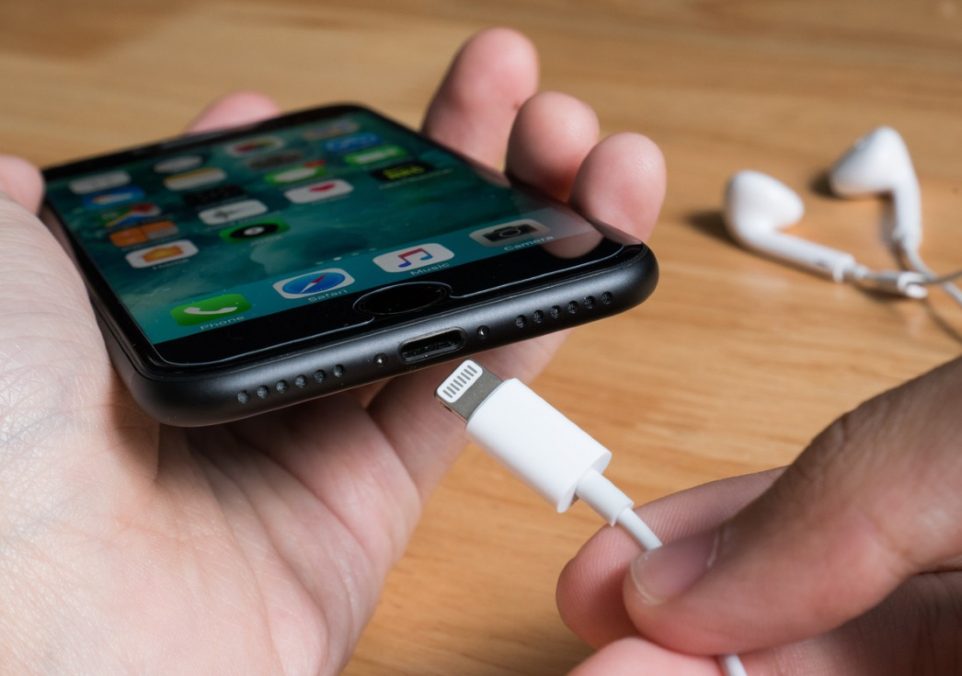What Types of Cables Can You Use To Charge an iPhone?

iPhone users can relate to the struggle of finding charging cables for their phones. Apple stands out as a brand and all Apple products have distinct charging ports that support 4 types of charging cables designed by Apple. Although the exclusivity is affecting the practicality of their products, the maker doesn’t care about it. If you have an iPhone, you can charge it with a lightning-to-USB cable or a lightning-to-lightning cable only, that too should be made by Apple, Inc.
When you try to use after-market Apple accessories like charging cables or low-quality magnetic wireless charges, you may end up damaging an expensive product. We all know that Apple’s technology isn’t easily replicable. Only original Apple accessories work best with their products. There are many iPhone charging cables available in the market, but not all are effective. Such cables affect the battery health of the device, ultimately reducing its durability.
Apple is constantly developing its products, and the race to be the best is taking Apple to the next level of technology. Every new smartphone feature is first introduced in their products. Their revenue and number of returning customers truly depict the company’s claim. Most recently, Apple has also integrated a wireless charging option in its flagship iPhone series, causing the demand for iPhone charging cables to be halved.
Three Charging Cables That Can Be Used to Charge an iPhone
Lightning-to-USB cable
If you’re an iPhone user, you must be familiar with this cable. It was developed 7-8 years back and first integrated into the iPhone 4. The cable was considered to be a marvel, it replaced the 30-pin dock connector used in Apple products. It was so efficient that it’s still in use, and it has become an identity of iPhone and other products. The lightning-to-USB cable has a USB port at the receiving end that connects to a charging brick.
Lightning-to-Lightning Cable
It’s quite similar to a lightning-to-USB cable, but it doesn’t have a USB port at the receiving end. Apple developed this cable to enable fast charging in the iPhone. When competitors tried to overpower the iPhone by integrating a fast charging option, the company decided to take a step ahead. The new lightning brick was introduced that used a lightning-to-lightning cable to charge the phone at a lightning-fast speed.
Lightning-to-USB-type-C cable
In recent iPhone releases, Apple was providing Lightning-to-USB-type-C charging cables. The company has set it as a standard charging cable for all Apple products. You can say it was the need of time; every device was coming with a type-C port for serial communication. Be it power banks, SSDs, etc., the C-ports are everywhere. If you’re thinking of buying a charging cable for your iPhone, go for a lightning-to-USB-type-C cable. You will be able to connect your iPhone with all peripheral devices easily.
Alternative to Charging Cables
The world is moving towards wireless technology. Everything is going wireless from power supply to internet connectivity. If you’re still looking for charging cables, you are living in the past. Not just iPhones, most smartphones have a wireless charging feature today. Even cars are coming with a wireless phone charging facility. Make a wise decision and buy a magnetic wireless charger. You’ll not regret it later. It’s better than keeping cables with you all the time. Your iPhone will click-attach to it and start charging. Enjoy the ease provided by technology, choose wisely!
Are Magnetic Wireless Chargers Different?
Wireless chargers charge your iPhone without plugging in, and the functionality of magnetic wireless chargers is also the same. They do have an added feature of magnetic contact. It looks cool and has practical significance over other wireless chargers. A magnetic wireless charger keeps your phone in perfect alignment, and you don’t need to worry about disconnection.
Your Trust, Our Core Commitment
At Rising Tech, earning and maintaining your trust is the cornerstone of our mission. We're dedicated to transparency, impartiality, and the relentless pursuit of truth in every article, review, and recommendation we publish. Our commitment to these principles ensures that you, our valued reader, are always equipped with reliable and unbiased information. Let us be your trusted guide in the ever-evolving world of technology.